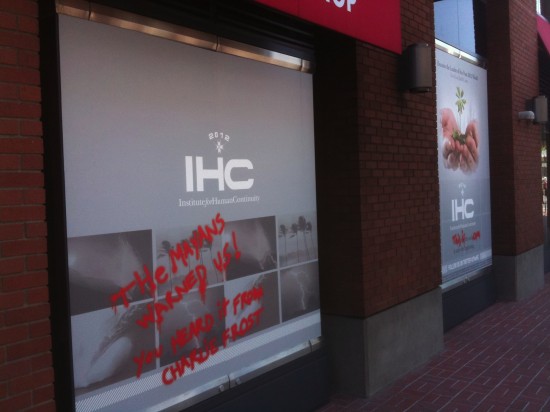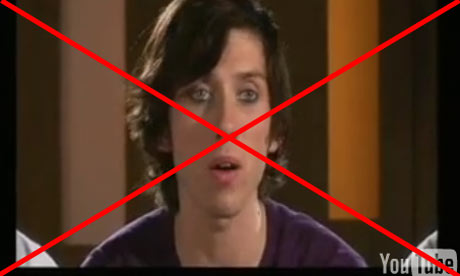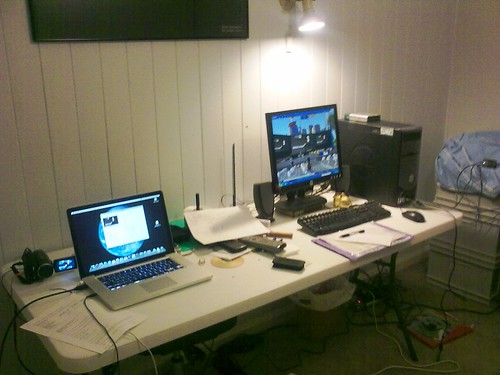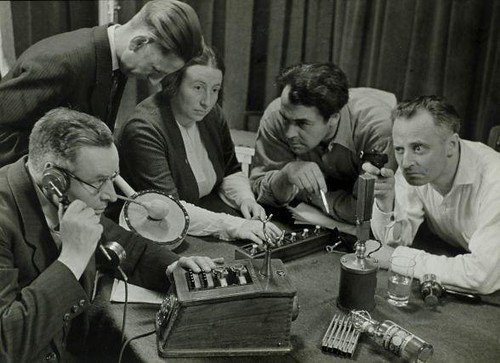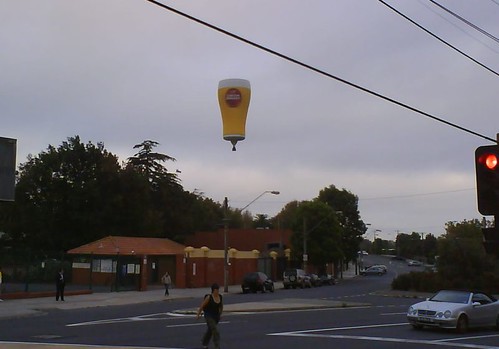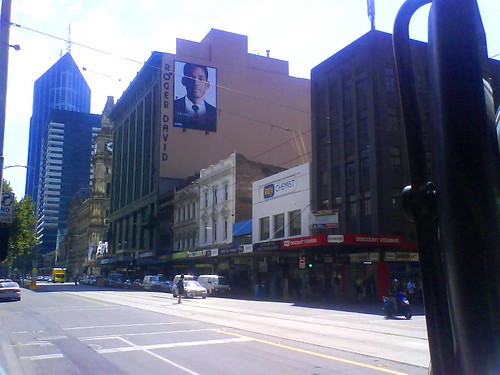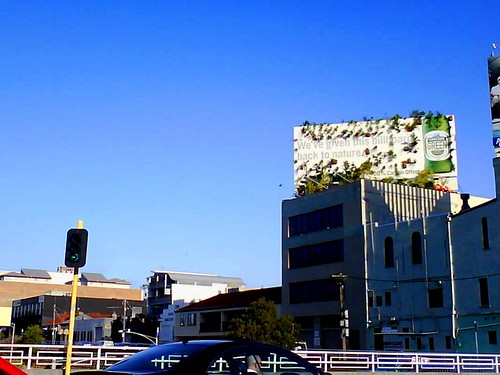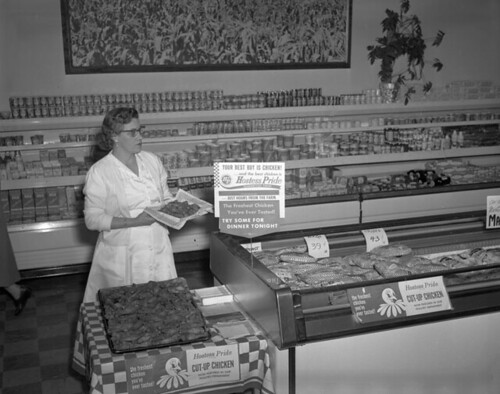Earlier in the year I blogged about rewarding community involvement online and came up with this 2x2 matrix to help me categorise the millions of methods of rewards out in the ether.


I thought that the best way for me to keep the momentum going on this train of thought was to begin a list of examples from the web that showcase all the different methods communities are employing.
This list will be updated periodically as new examples come to light. Enjoy!
***
Legend: Location: Reward (How attained) ScaleMeasurements of rewards are based on social sciences scaling using either individual attributes scaled as either Nominal, Ordinal, Interval or Ratio or as a composite measure such as an Index or Typology. (Please excuse me if I don't get some of these measures correct and do comment to help me improve!)
As a brief re-cap I am defining subjective as any kind of reward where human interaction is needed in some part of the process where objective rewards are based solely on a pre-determined formula.
Subjective Periodic
- eBay: Power Seller (eBay awards power seller status based on a mixture of objective achievements and subjectively adhering to community policy) Index
- Yelp: Review of the day (Be the reviewer of the day in a Yelp city) Nominal
Subjective Perpetual
- Amazon: Badges (Get a 'real name' or 'The' badge if Amazon thinks you are popular enough) Nominal
- Twitter: Verified (If you're a celebrity Twitter can verify you are the actual account holder) Nominal
- Twitter: Translate (If you help Twitter as a translator you get Translator badge) Nominal
- Wikpedia: Barnstars (Peers award barnstars for participation in Wikipedia community) Typology
- Yelp: Elite (Annual badge awarded for influential people in a Yelp city) Nominal
- Yelp: Compliments (The community awards users compliments on reviews, compliments shown in public) Typology / Ratio
Objective Periodic
- Ad Age: Power 150 (Marketing blogs ranked by aggregate of measurements) Index
- Amazon: Feedback (Rating of transaction out of five stars) Ordinal
- Amazon: Badges (Be a top reviewer) Ratio
- at15.com: Best-Buy youth community Points (Complete activities to earn point, points directed to charity donation quarterly) Ratio
- eBay: Helpful Reviewer (Be one of the top reviewers in eBay) Ratio
- Foursquare: Mayor (Become mayor of a venue by being the person that checks in the most) Ratio
- Technorati: Authority (More links to your blog mean more authority, calculated and updates frequently) Index
- World of Warcraft: Reputation (Earn reputation points through doing deeds for other, reputation fluctuates based on whether you do good or bad deeds) Index
Objective Perpetual
- at15.com: Best-Buy youth community Icons (the more points you earn the 'blingier' your icon becomes) Ratio
- Facebook (Translations app): Awards (earn icons for quantity and accuracy of translation submissions) Ratio / Typology
- Foursquare: Badges (earn points and badges by completing tasks, eg four bars in one night, be the first to review a venue) Ratio
- Sears: Badges (earn points in MySears to enter the "Friends" - "Chairmans" Circle) Ratio
- Soundunwound: Records (number of edits gets you coloured record) Ratio
- World of Warcraft: Experience / PvP Rewards (earn items through increased game play, items traded for honour and other experience points) Index
- Virgin.com : Badges (Rise from groupie to roadie then rockstar) Ratio



